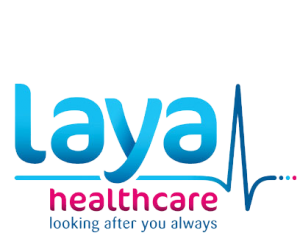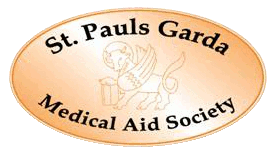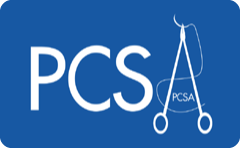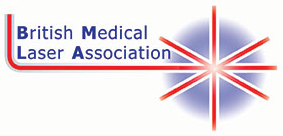 Download this information as a PDF
Download this information as a PDF
Perioral dermatitis is a common facial skin problem in adult women. It rarely occurs in men. It may occasionally affect children. Groups of itchy or tender small red papules (bumps) appear most often around the mouth. They spare the skin bordering the lips (which then appears pale) but develop on the sides of the chin, then spreading to include upper lip and cheeks. The surrounding skin may be pink, and the skin surface often becomes dry and flaky. Often the skin around the nose is affected too, and sometimes that around the eyes (when it should more correctly be called ‘periocular’, or better still, ‘periorificial’ dermatitis.) Rarely, periorificial dermatitis may affect genital skin or the skin surrounding the anus.
What is the cause of perioral or periorificial dermatitis?
The exact cause of perioral dermatitis and/or periorificial dermatitis is not understood. Patients who are susceptible to perioral dermatitis tend to have an oily face, at least in the affected areas. The rash is probably induced by:
- Neglecting to wash the face with water, using soap or a soap-free cleanser.
- Face creams applied to the area bounded by the cheek folds and chin, or around the eyes in the case of periocular dermatitis. Moisturisers, cream cleansers, make-up foundation and sunscreens may all provoke perioral dermatitis.
- Topical steroid creams or ointments, which appear to be the most frequent cause. They are sometimes applied quite inadvertently, touched by the fingers that are treating another part of the body. The more potent the steroid cream, the more rapid and severe the perioral dermatitis which may result. Recent research suggests perioral dermatitis may be related to proliferating bacteria and/or yeasts in the hair follicles.
Treatment
Luckily perioral dermatitis responds well to treatment.
- Discontinue applying all face creams including topical steroids, cosmetics and sunscreens.nNote: when a steroid cream is discontinued, the rash gets worse for a few days before it starts to improve. Do not apply steroid creams in the affected areas in the future, as the rash is very likely to reappear. If you have to be outdoors during the summer months, choose a liquid, gel or light milk sunscreen.
- Wash the face with warm water alone while the rash is present. When it has cleared up, use a non-soap bar or liquid cleanser.
- Your doctor or dermatologist may also prescribe a course of oral antibiotics for six to twelve weeks. Normally tetracycline or one of its derivatives is recommended. Topical antibiotics such as erythromycin, clindamycin or metronidazole tend to be less effective. Azelaic acid may be of benefit, and can be used during pregnancy.
Perioral dermatitis sometimes recurs when the antibiotics are discontinued, or at a later date. The same treatment can be used again.














